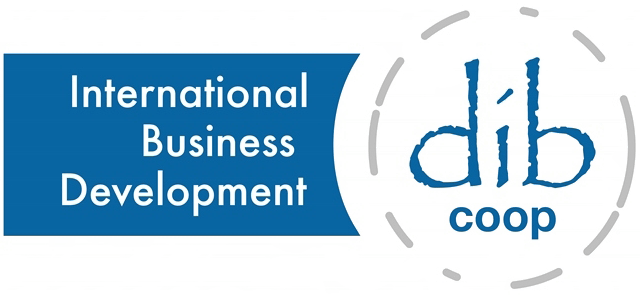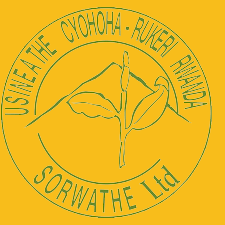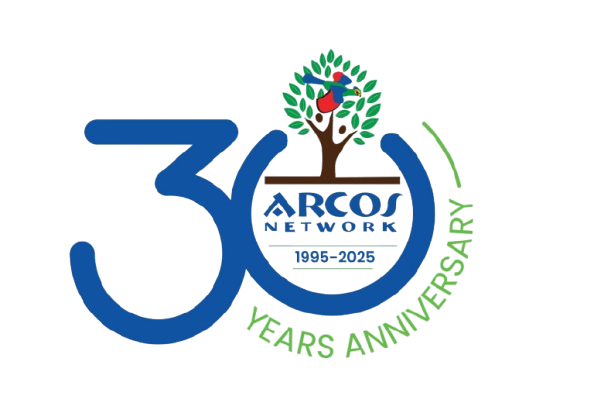SDGP1014RW Project: Installing Circular Economy in Cyohoha-Rukeri Watershed


The SDGP1014RW project aims to install a circular economy in the Cyohoha-Rukeri Watershed, Rwanda, that benefits all smallholders (uphill and downhill), their representative cooperative ASSOPTHE and the tea-company SORWATHE. The watershed has been suffering from the negative effects of extreme weather events and climate change, ill- adapted water management in peatland tea plantations and outdated farming practices in uphill farmlands. These are causing flooding, droughts and land degradation in both downhill tea plantations as well as uphill farming areas.
Project activities-overview
Rehabilitation of degraded peat marshland and surrounding
hills will improve incomes and price margins for:
5000 uphill food crop farmers increase production
with 25%;
900 downhill tea farmers have 25% increase in income;
10 women coops representing 2500 women will have a 25% increase in income;
SORWATHE 20% increase in tea income;
Improved access to nutritious foods and other livelihood resources for female household members, own use /for the local market;
3925 ha of sustainable inclusive water
catchment area, including 3250 ha uphill agroforestry as well as 675 ha
downhill peat.





